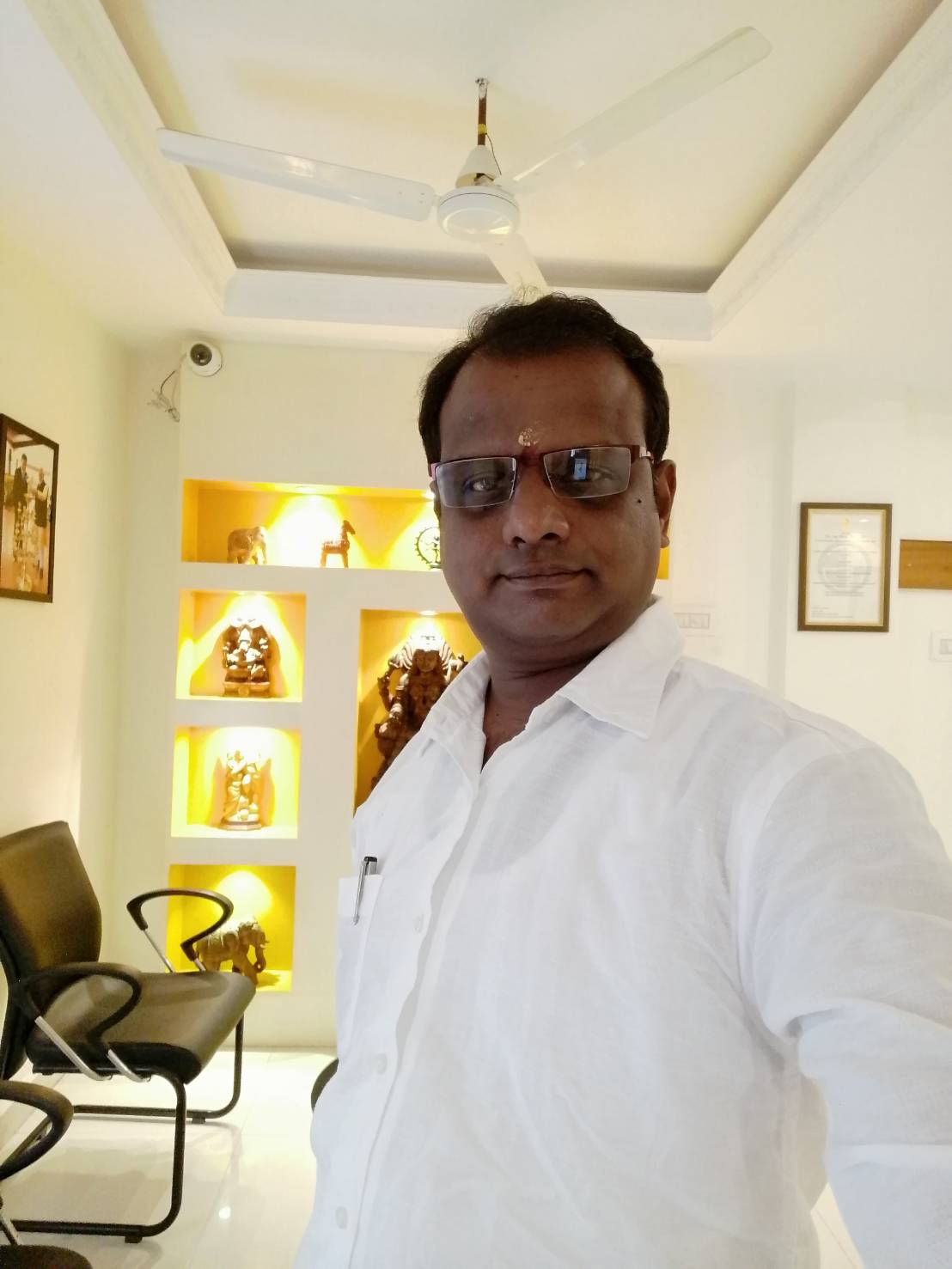นโยบายข้อมูลส่วนบุคคล
National Postdoctoral /Postgraduate Training System of Thailand Training System of Thailand (“หน่วยงาน”) ขอแจ้งให้ท่านที่ติดต่อมายังหน่วยงานทราบว่า หน่วยงานมีความจำเป็นต้องเก็บ รวบรวม และใช้ข้อมูลส่วนบุคคลของท่านที่ติดต่อมาใช้บริการของหน่วยงาน ภายใต้นโยบายข้อมูลส่วนบุคคลฉบับนี้และเมื่อท่านติดต่อมายังหน่วยงานส่งต่อเปิดเเผยข้อมูลส่วนบุคคลของท่าน ให้แก่หน่วยงานเพื่อประโยชน์ในการติดต่อ ประสานงาน และ/หรือการให้บริการจากหน่วยงานให้แก่ท่าน หน่วยงานจะถือว่าท่านตกลงและยอมรับที่จะปฏิบัติตามนโยบายข้อมูลส่วนบุคคลฉบับนี้แล้ว
ข้อมูลส่วนบุคคลที่หน่วยงานประมวลผล หน่วยงานอาจได้รับข้อมูลส่วนบุคคลของท่าน ได้จากหลายช่องทาง ดังนี้
(1) ได้รับโดยตรง จากการติดต่อสื่อสารระหว่างหน่วยงานและท่าน
(2) ได้รับทางอ้อมจากการอ้างอิงจากบุคคลอื่น ซึ่งท่านอาจให้ความยินยอมให้บุคคลดังกล่าวเปิดเผยส่งต่อข้อ มูลส่วนบุคคลของท่านให้แก่ หน่วยงาน หรือ
(3) เก็บรวบรวมโดยอัตโนมัติด้วยระบบ เมื่อท่านเข้ามาเยี่ยมชมเว็บไซต์ และ/หรือใช้บริการต่าง ๆ ของหน่วยงาน
ข้อมูลส่วนบุคคลที่หน่วยงานมีความจำเป็นต้องเก็บ รวบรวม ใช้ และประมวลผลภายใต้นโยบายข้อมูลส่วนบุคคล ฉบับนี้ ได้แก่
(1) ชื่อนามสกุล รวมถึงข้อมูลที่เกี่ยวเนื่องของท่านหรือของตัวแทนของท่าน (ในกรณีที่ท่านติดต่อมาในนามของนิติบุคคล) ซึ่งอาจรวมถึงข้อมูลเอกสารการแสดงตนของท่าน
(2) ข้อมูลการติดต่อ อาทิ เบอร์โทรศัพท์ อีเมล หรือข้อมูล Social Media Account
(3) ข้อมูลส่วนบุคคลอื่นๆที่ท่านอาจให้แก่หน่วยงานระหว่างการติดต่อสื่อสาร เช่น ข้อมูลเรื่องที่ต้องการติดต่อสอบถาม ข้อมูลความสนใจ หรือข้อมูลประกอบอื่นๆ ที่อาจระบุตัวตนของท่านได้ซึ่งท่านให้แก่ หน่วยงาน โดยตรงผ่านช่องทางการติดต่อสื่อสารต่าง ๆ
(4) กรณีการติดต่อผ่าน Website อาจรวมถึงข้อมูลทางเทคนิคของท่าน ได้แก่ IP Address, Cookies รวมถึงข้อมูลพฤติกรรมการสืบค้นของท่าน
วัตถุประสงค์ในการเก็บรวบรวมและใช้ข้อมูลส่วนบุคคล หน่วยงานจำเป็นต้องเก็บรวบรวม และใช้ข้อมูลส่วนบุคคลของท่านตามที่ระบุไว้ภายใต้นโยบายข้อมูลส่วนบุคคลฉบับนี้ เพื่อวัตถุประสงค์ต่าง ๆ ดังต่อไปนี้
(1) เพื่อการจัดการตอบรับการสื่อสารที่ท่านติดต่อมายังหน่วยงาน เช่น เพื่อการตอบคำถาม การส่งข้อมูลที่เกี่ยวข้องตามที่ท่านร้องขอและต้องการการจัดการข้อร้องเรียน หรือการตอบรับความคิดเห็นต่าง ๆ ที่ท่านให้แก่หน่วยงานโดยตรง ผ่านช่องทางการติดต่อสื่อสารต่าง ๆ รวมถึงการประสานงานต่อเนื่องไปจนถึงการให้บริการ การจัดทำสัญญาการให้บริการ และ/หรือการปฏิบัติสิทธิและหน้าที่ที่หน่วยงานและท่านอาจตกลงและจัดทำระหว่างกันต่อเนื่อง
(2) เพื่อการปฏิบัติหน้าที่ตามกฎหมายที่หน่วยงานอาจอยู่ภายใต้เงื่อนไขทีต้องปฏิบัติตาม ซึ่งอาจรวมถึงแต่ไม่จำกัดเพียงการปฏิบัติหน้าที่ในการจัดทำเอกสารบัญชี และภาษีสำหรับการให้บริการใด ๆ ที่หน่วยงานอาจให้ แก่ท่าน
(3) เพื่อการสร้างและปรับปรุงความสัมพันธ์ทางธุรกิจ รวมถึงการปรับปรุงการให้บริการที่หน่วยงานจะดำเนินการเพื่อประโยชน์ของท่านให้ดีขึ้น ซึ่งบริิษัทอาจรวบรวม ใช้ข้อมูลส่วนบุคคลของท่าน เพื่อประ โยชน์ในการควบคุม การรับประกันคุณภาพ การวิเคราะห์การบริหารจัดการและแก้ไขปัญหาต่างๆ ที่เกี่ยวข้องของหน่วยงาน รวมถึงแต่ไม่จำกัดเพียงการฝึกอบรมพนักงาน หรือการวางแผนการให้ปรับปรุงการให้บริการในอนาคต
(4) เพื่อประโยชน์ในการปกป้องและต่อสู้สิทธิอันชอบด้วยกฎหมายของหน่วยงาน ในกรณีที่อาจเกิดข้อพิพาท ระหว่างท่านและหน่วยงาน ไม่ว่าในลักษณะใด และ
(5) กรณีที่หน่วยงานอาจได้รับความยินยอม ในการประมวลผลข้อมูลส่วนบุคคลด้วยจุดประสงค์เฉพาะเจาะจงจากท่าน เช่น เพื่อการติดต่อประชาสัมพันธ์ทางการตลาด และการประชาสัมพันธ์ข่าวสารต่างๆ หน่วยงานจะประมวลผลข้อมูลตามวัตถุประสงค์ดังกล่าว
ระยะเวลาในการประมวลผลข้อมูลส่วนบุคคล เพื่อดำเนินการตามวัตถุประสงค์ที่ระบุไว้ข้างต้นทั้งหมด หน่วยงานจำเป็นต้องเก็บรวบรวม และประมวลผลข้อมูลส่วนบุคคลของท่านเป็นระยะเวลา ดังนี้
(1) สำหรับการประมวลผลข้อมูลด้วยวัตถุประสงค์การให้บริการการจัดทำสัญญา และ/หรือการปฏิบัติสิทธิและหน้าที่ภายใต้สัญญาหน่วยงานจำเป็นต้องประมวลผลข้อมูลส่วนบุคคลของท่าน ตราบเท่าที่หน่วยงานยังมีหน้าที่ให้บริการแก่ท่าน
(2) สำหรับการประมวลผลข้อมูล ด้วยวัตถุประสงค์การปฏิบัติหน้าที่ตามกฎหมายของหน่วยงาน หน่วยงานจำเป็นต้องประมวลผลข้อมูลส่วนบุคคลของท่าน ไว้ตามระยะเวลาที่กฎหมายที่เกี่ยวข้องกำหนดไว้
(3) สำหรับการประมวลผลข้อมูลส่วนบุคคลเพื่อการสร้างและปรับปรุงความสัมพันธ์ทางธุรกิจ และ/หรือการปรับปรุงการให้บริการหน่วยงานสงวนสิทธิ์ในการเก็บรักษาข้อมูลส่วนบุคคลนั้นเท่าที่หน่วยงานอาจ มีความจำเป็นทางธุรกิจ โดยรับประกันไม่ให้กระทบสิทธิของท่านในฐานะเจ้าของข้อมูลเกินสมควร
(4) สำหรับการประมวลผลข้อมูลส่วนบุคคล เพื่อการปกป้องและต่อสู้สิทธิอันชอบด้วยกฎหมายของหน่วยงาน หน่วยงานมีความจำเป็นเก็บรักษาข้อมูลส่วนบุคคลดังกล่าว ตลอดอายุความที่เกี่ยวข้อง และ
(5) กรณีที่ท่านให้ความยินยอมแก่หน่วยงาน ในการประมวลผลข้อมูลด้วยวัตถุประสงค์เฉพาะ หน่วยงานจะประมวล ผลข้อมูลส่วนบุคคลของท่านจนกว่าท่้านจะถอนความยินยอม
การเปิดเผยข้อมูลส่วนบุคคล โดยหลักการแล้ว ข้อมูลส่วนบุคคลของท่านจะไม่ถูกเปิดเผย ยกเว้นเป็นการเปิดเผยข้อมูลส่วนบุคคลที่หน่วยงานจำเป็นต้องดำเนินการ ให้แก่ กลุ่มบุคคลดังนี้
(1) การเปิดเผยข้อมูลส่วนบุคคลของท่านให้แก่ ผู้ให้บริการภายนอกของหน่วยงาน ที่ให้การช่วยเหลือสนับสนุนหน่วยงานในการให้บริการแก่ท่านรวมถึงที่ปรึกษาด้านการดำเนินธุรกิจของหน่วยงาน โดยหน่วยงานจะส่งต่อและเปิดเผยข้อมูลส่วนบุคคลของท่านตามขอบเขตของวัตถุประสงค์ที่ระบุไว้ และบนพื้นฐานเท่าที่จำเป็นเท่านั้น หรือ
(2) กรณีที่หน่วยงานอาจอยู่ภายใต้บังคับคำสั่งหรือคำพิพากษาของหน่วยงานราชการ หน่วยงานอาจมีความจำเป็นในการส่งต่อเปิดเผยข้อมูลส่วนบุคคลของท่านให้แก่หน่วยงานดังกล่าว
หน่วยงานรับประกันการจัดให้มีมาตรการการรักษาความมั่นคงปลอดภัยที่เหมาะสม เพื่อป้องกันการเข้าถึง การใช้ การเปลี่ยนแปลง การแก้ไข หรือการเปิดเผยข้อมูลส่วนบุคคลโดยปราศจากอำนาจหรือโดยมิชอบ ทั้งนี้ หน่วยงานจะจัดให้มีการทบทวนมาตรการดังกล่าวเป็นระยะตามความเหมาะสมและโดยสอดคล้องกับกฎหมายที่เกี่ยว ข้อง
สิทธิของเจ้าของข้อมูล หน่วยงานเคารพสิทธิของท่าน ในฐานะเจ้าของข้อมูลภายใต้กฎหมายที่เกี่ยวข้อง โดยท่านสามารถติดต่อหน่วยงาน เพื่อขอใช้สิทธิของท่าน ซึ่งได้แก่
(1) สิทธิในการถอนความยินยอม
(2) สิทธิในการขอเข้าถึง
(3) สิทธิในการขอรับสำเนาข้อมูลส่วนบุคคลของท่าน
(4) สิทธิในการขอปรับปรุงข้อมูลให้ถูกต้อง
(5) สิทธิในการขอคัดค้านการประมวลผลข้อมูลส่วนบุคคล
(6)สิทธิในการขอโอนถ่ายข้อมูลที่เก็บบันทึกในรูปแบบอิเล็กทรอนิกส์ที่สามารถถ่ายโอนได้ง่าย รวมถึงการโอนถ่ายไปให้แก่ผู้ควบคุมข้อมูลส่วนบุคคลอื่น
(7) สิทธิขอให้ลบหรือทำลายข้อมูลของท่านเมื่อหมดความจำเป็น
(8) สิทธิในการขอให้ระงับการประมวลผลข้อมูลส่วนบุคคลชั่วคราว และ (8) สิทธิในการร้องเรียนได้
ข้อมูลติดต่อหน่วยงาน
เจ้าหน้าที่คุ้มครองข้อมูลส่วนบุคคล National Postdoctoral /Postgraduate Training System of Thailand Training System of Thailand
ที่อยู่: 319 อาคารจัตุรัสจามจุรี ชั้น 14 ถนนพญาไท แขวงปทุมวัน เขตปทุมวัน กรุงเทพฯ 10330
อีเมล หรือเบอร์โทรศัพท์: 02-109-5432 ต่อ 841

